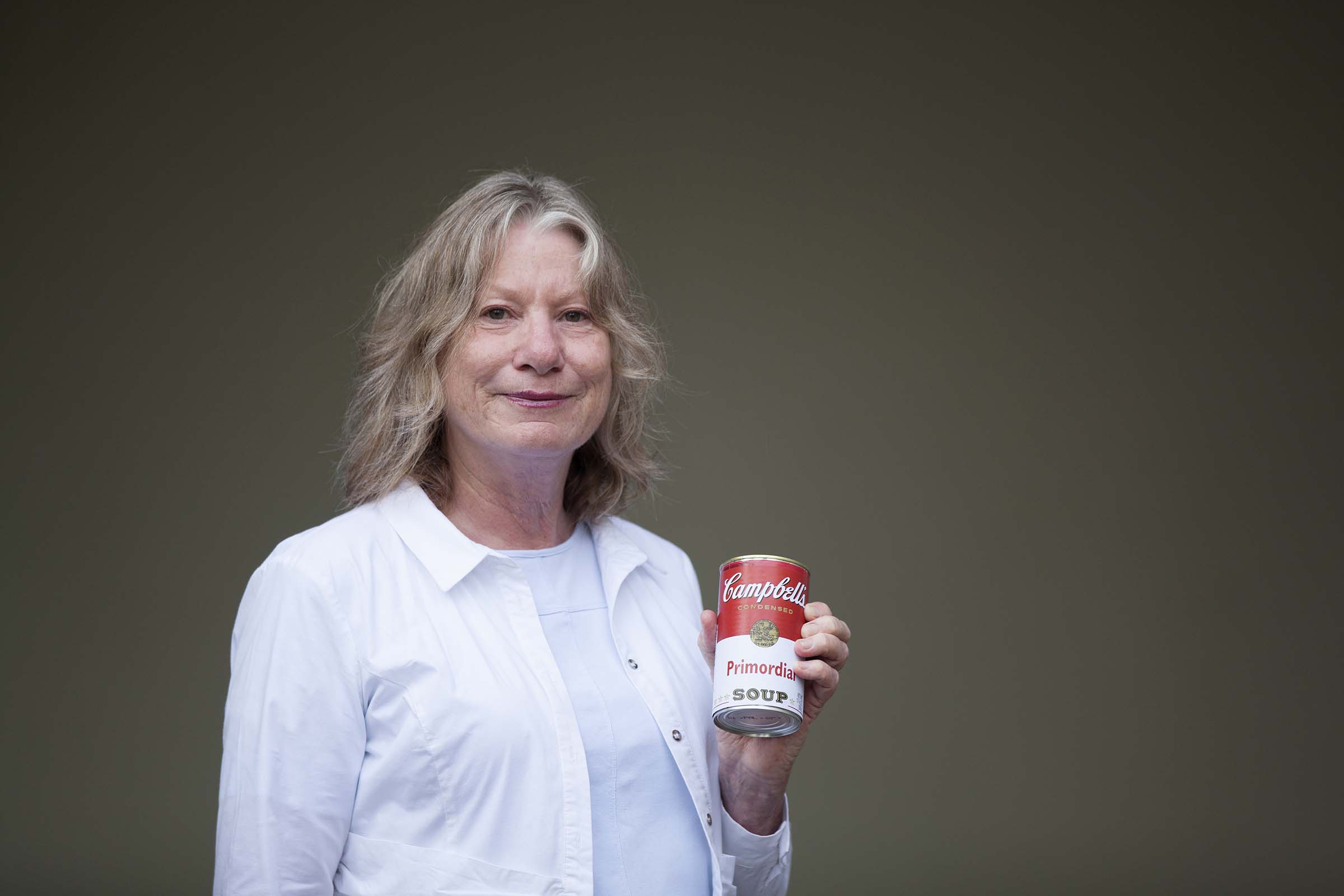From the primordial soup to the salon
It took a mathematician to find an answer to how life on Earth actually began, and to discover the answer in the most surprising place: the hairdresser’s.
"The energy in hydrogen peroxide—commonly used as hair bleach—could have powered the living world before cells evolved," says Associate Professor Rowena Ball, from the ANU Mathematical Sciences Institute and the ANU Research School of Chemistry.
Associate Professor Ball used mathematical modelling to show that chemical reactions of hydrogen peroxide and thiosulfate, which occurred in the ancient oceans more than 3.7 billion years ago, set up exactly the right temperature and pH cycling to allow molecules called RNA to replicate.
"Hydrogen peroxide and thiosulfate undergo a reaction in which heat and acidity cycle back and forth every couple of minutes, providing the perfect conditions for early life to evolve," Associate Professor Ball says.
"These oscillating reactions have been studied for years as a curiosity, but nobody realised that their fluctuating acidity and heat could have powered early life before DNA and proteins evolved."
What’s more, the bleach caused RNA to replicate imperfectly, creating variation among the molecules and allowing natural selection and evolution to take place.
"Hydrogen peroxide has just enough oxidising power to cause mutations every now and then, which would drive evolution," Associate Professor Ball says.
“This humble, deceptively simple molecule can also provide an answer to a biological mystery that has intrigued scientists for generations—the existence of key biological molecules in only one mirror image form.”
Associate Professor Ball’s research was based on findings from organic chemistry and chemical engineering, which she used to create a computer model with a number of highly non-linear equations, taking months to solve.
But after 3.7 billion years, a few months doesn’t seem too long to solve one of the greatest mysteries on Earth. And it’s thanks to this maths we have a much better picture of what was lurking in the primordial slime.
The ANU Mathematical Sciences Institute is ranked number one in Australia for maths teaching and research. We host some of the best mathematicians in Australia, including 14 fellows of the Australian Academy of Sciences, two fellows of the Royal Society, and ten recipients of the Medal of the Australian Mathematical Society. The Institute offers researchers up-to-date computing facilities including access to the National Computational Infrastructure supercomputer.
We fulfil both a national and international role as a “research institute” in mathematical sciences, working cooperatively with the Australian Mathematical Sciences Institute (AMSI) and international centres such as the French National Centre for Scientific Research (CNRS), Fujitsu Laboratories of Europe, The Mathematical Sciences Center (MSC), Tsinghua University and the Pacific Institute for the Mathematical Sciences (PIMS).

